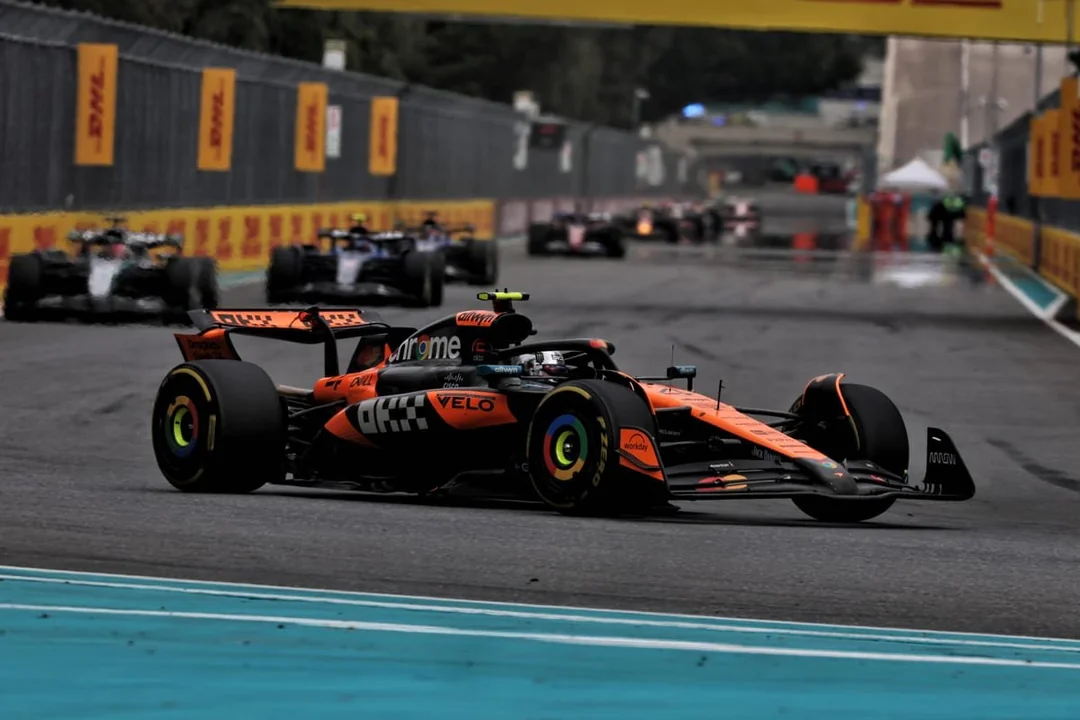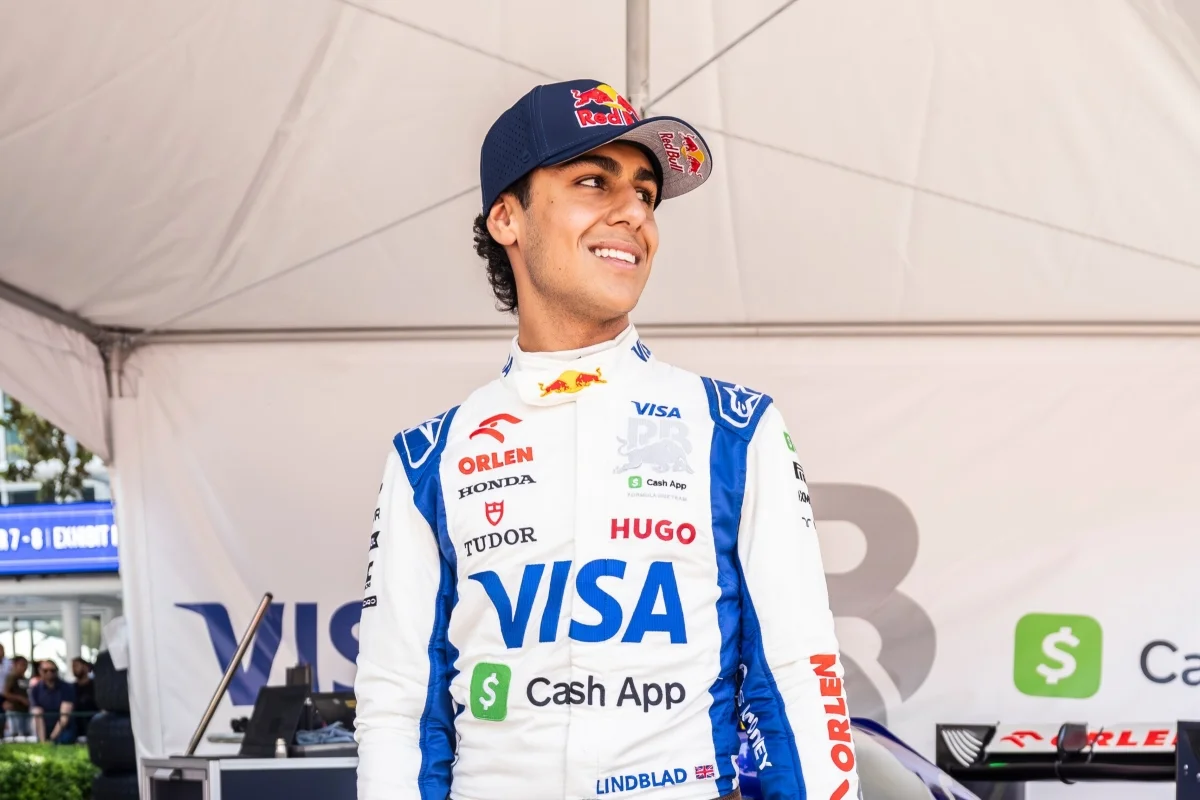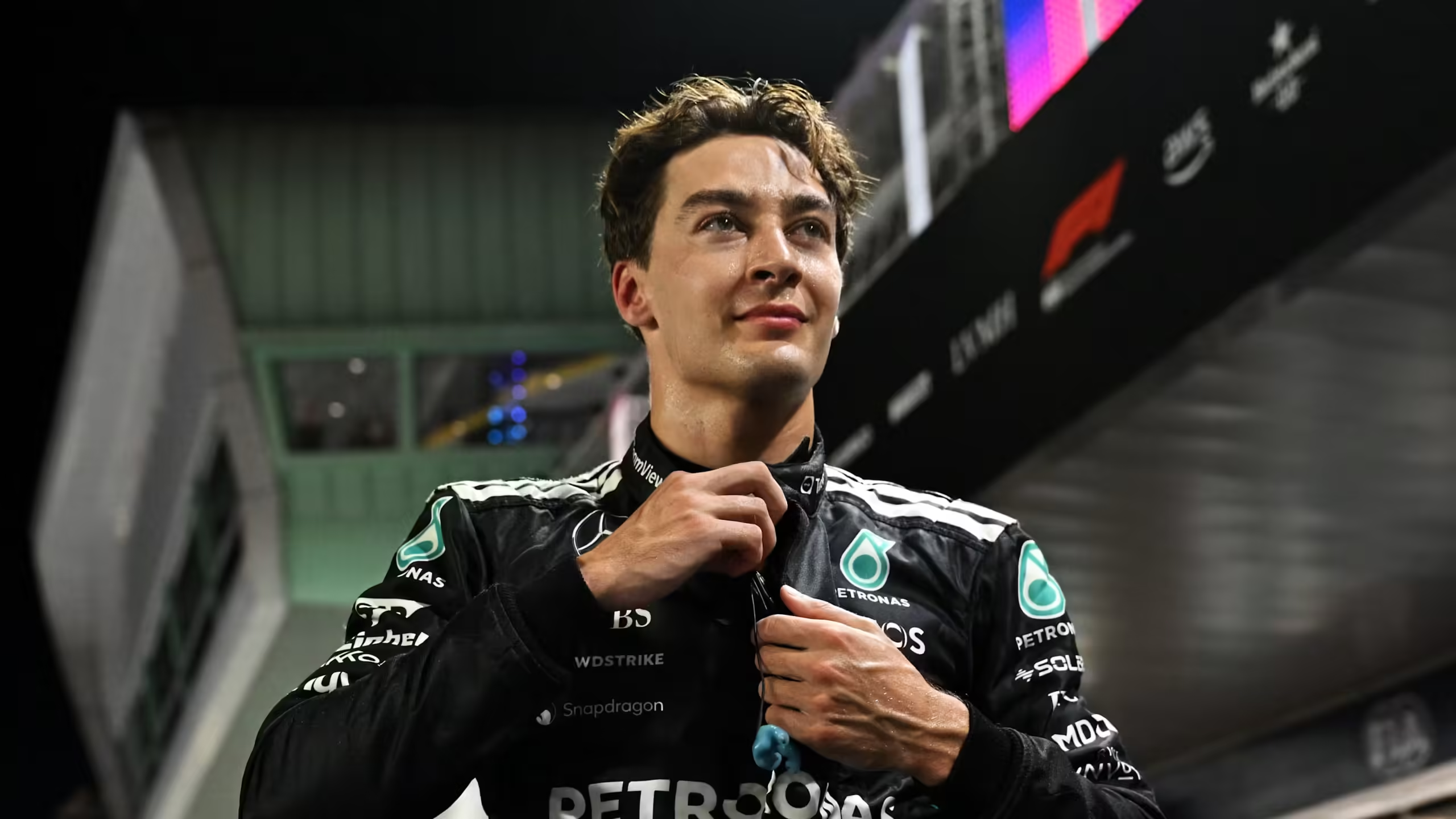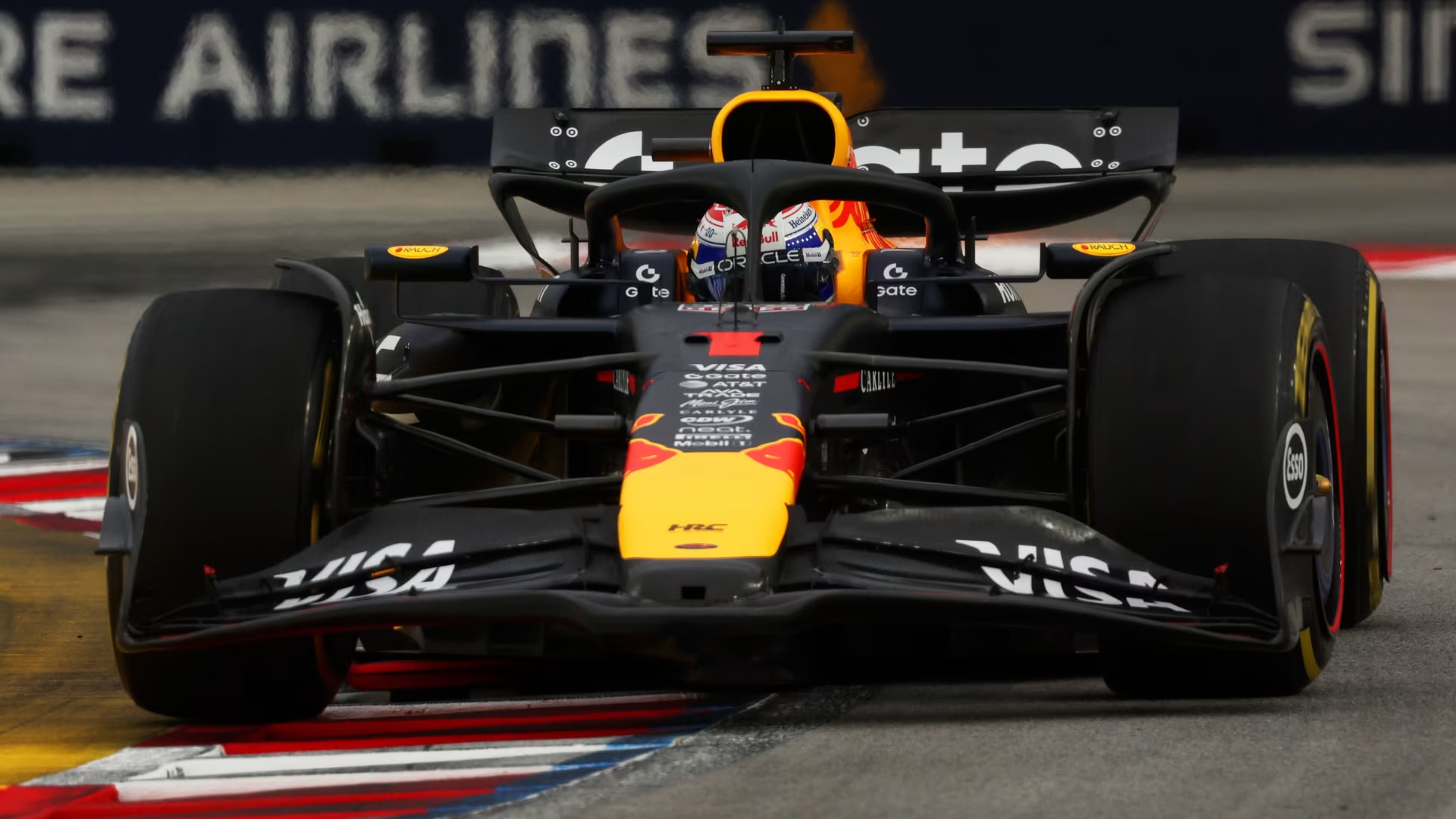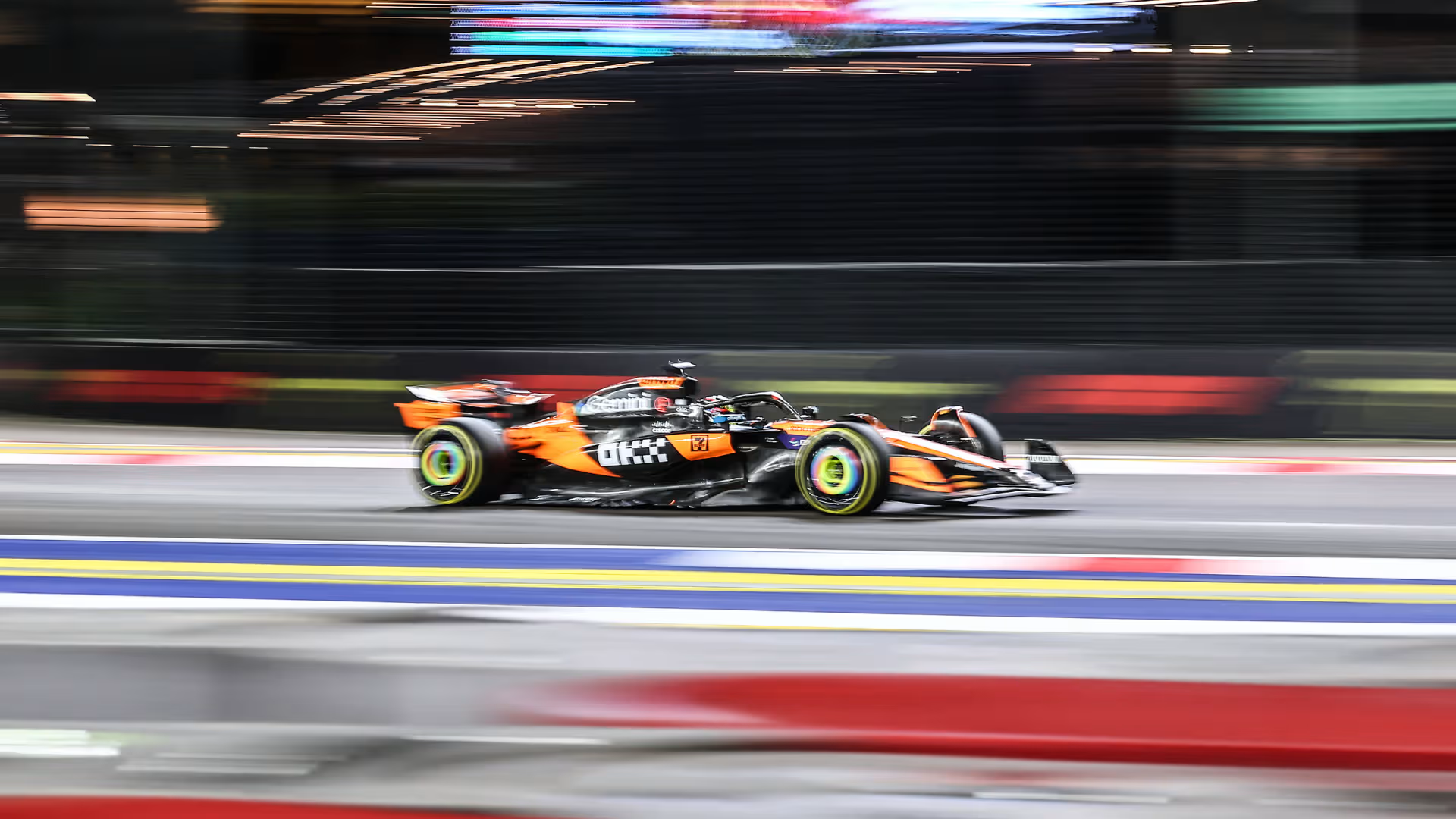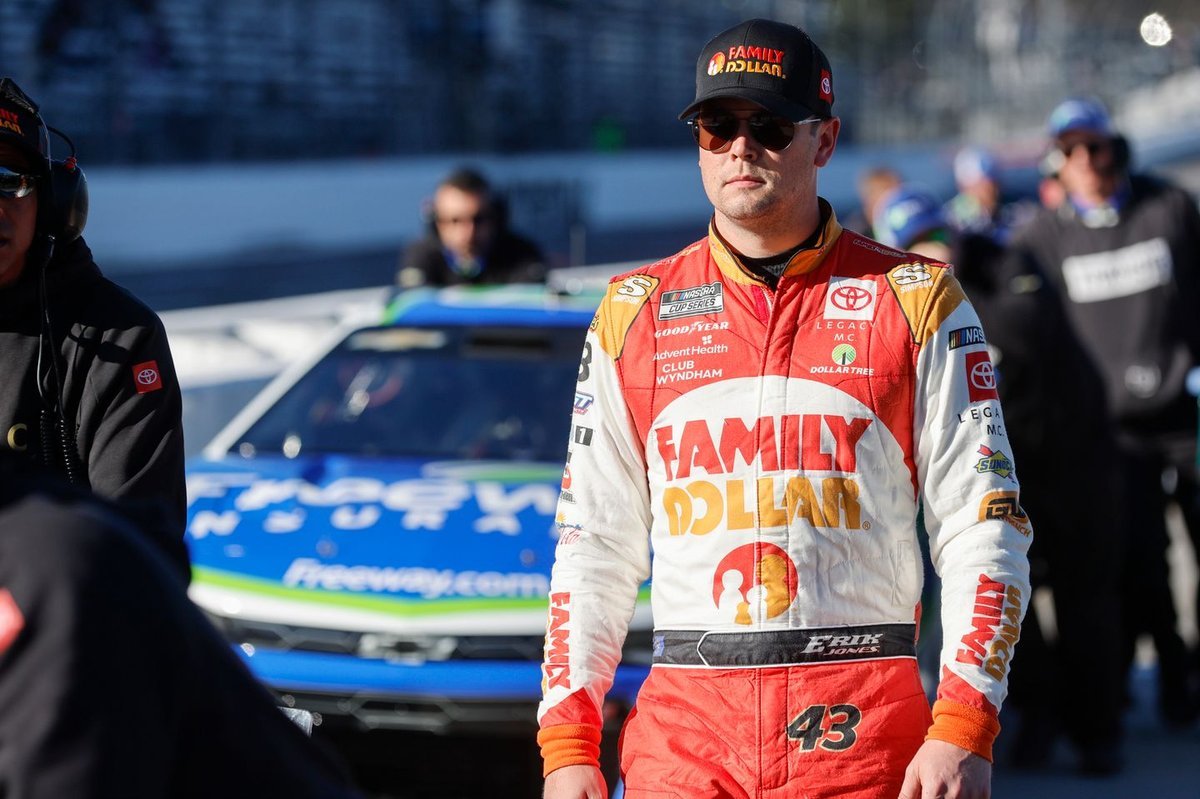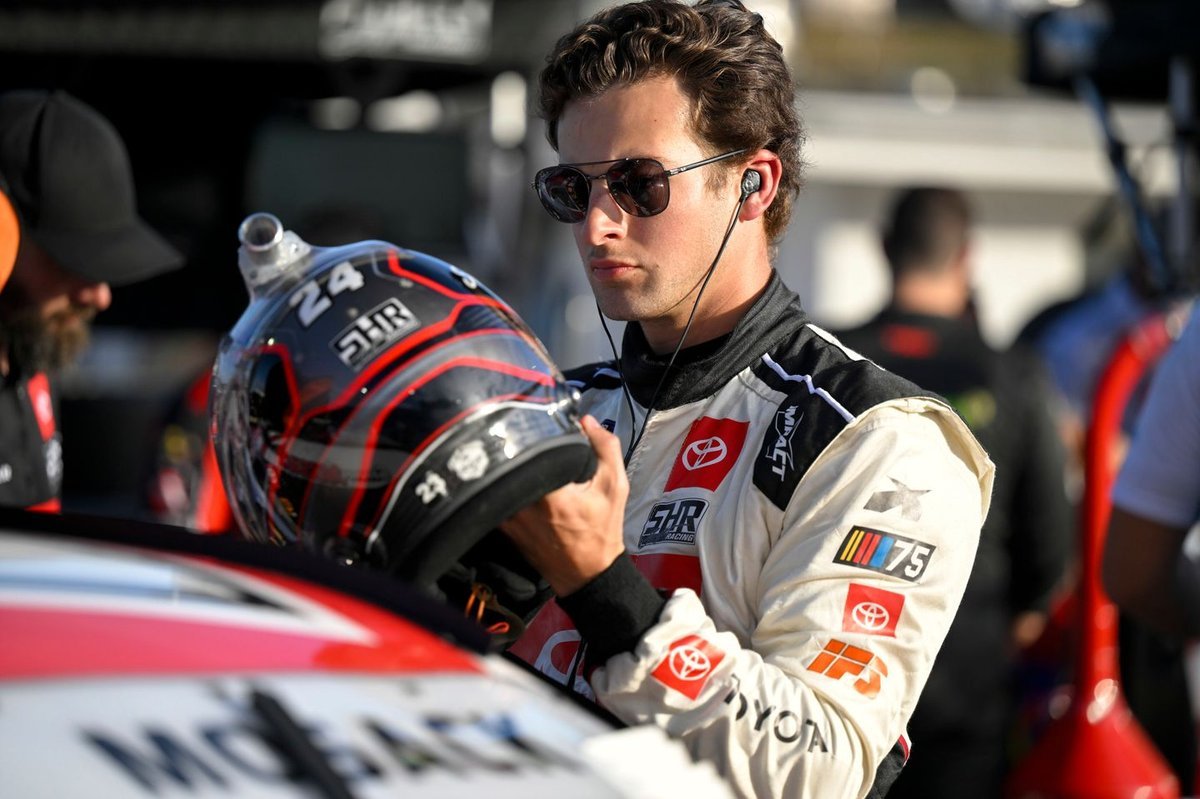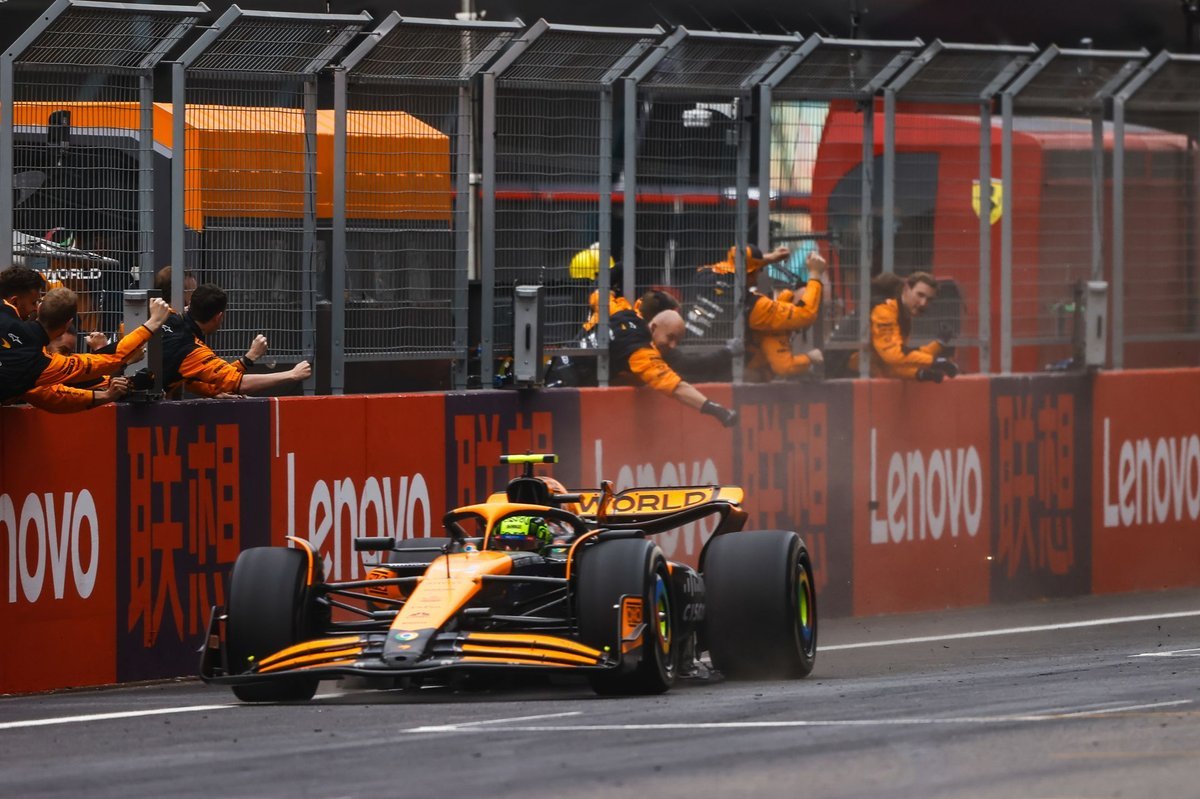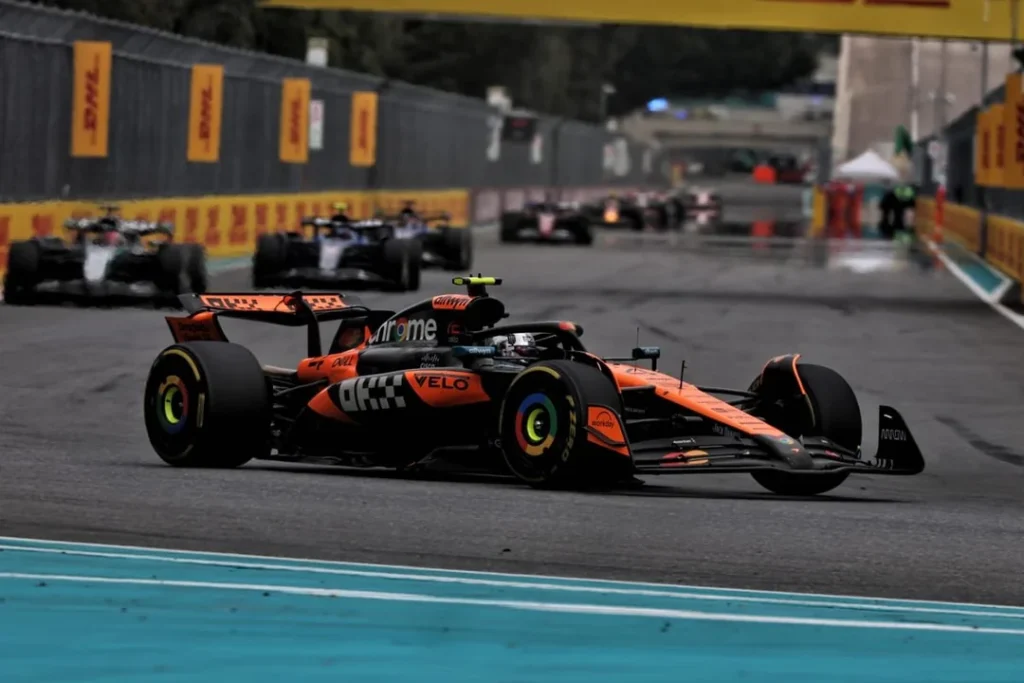
After the Miami GP, it’s clear that claren’s secret is in the tyre-temperature management, thanks to their unique brake-cooling solution.
Introduction
Let’s face it—Formula 1 is often seen as a high-tech playground dominated by aerodynamics, wind tunnels, and CFD simulations. So when McLaren suddenly showed a serious pace surge after the Miami Grand Prix, fans and experts alike rushed to credit the team’s success to “aeroelasticity,” that buzzword floating around the paddock. But hold your horses—because here’s the twist: claren’s secret is in the tyre-temperature management, not their aero tweaks. Yep, you read that right.
In fact, it all boils down to a clever brake-cooling solution that helps McLaren keep their tyres in the optimal temperature window—something many other teams are now scrambling to copy. Think of it as the “Goldilocks zone” for tyres: not too hot, not too cold, but just right.
But what makes this so effective? Why now? And how does this seemingly minor tweak cause such a dramatic performance boost?
Let’s break it down.
Table of Contents
| Sr# | Headings |
|---|---|
| 1 | McLaren’s Rise After Miami: A Quick Recap |
| 2 | Debunking the Aeroelasticity Theory |
| 3 | Why Tyre Temperature Matters So Much |
| 4 | The Role of Brake Cooling in F1 |
| 5 | McLaren’s Unique Solution Explained |
| 6 | How It Impacts Tyre-Temperature Management |
| 7 | The Ripple Effect: Other Teams Take Notice |
| 8 | Why Aeroelasticity Was a Misleading Clue |
| 9 | Comparison with Red Bull and Mercedes |
| 10 | Track Conditions and Tyre Sensitivity |
| 11 | Driver Feedback: Norris and Piastri Spill the Beans |
| 12 | Tech-Savvy or Just Smart? McLaren’s Philosophy |
| 13 | What’s Next for the Team? |
| 14 | Is This a Game-Changer in F1 Strategy? |
| 15 | Conclusion: It’s Not Magic, It’s Management |
1. McLaren’s Rise After Miami: A Quick Recap
Following a rather underwhelming start to the season, McLaren stunned the paddock with a commanding performance in Miami. Lando Norris took the win—his first ever—and Oscar Piastri wasn’t far behind before being unlucky in race incidents. It was a weekend that raised eyebrows. How did McLaren leapfrog the competition so fast?
2. Debunking the Aeroelasticity Theory
At first, many pointed fingers at McLaren’s upgraded aero package. Aeroelasticity—a design that allows parts to flex and adapt at high speeds—sounded like the silver bullet. But insiders now believe that wasn’t the core upgrade. While it played a role, it wasn’t what made the car suddenly come alive. The real trick was happening beneath the surface—literally.
3. Why Tyre Temperature Matters So Much
Imagine trying to run on frozen ground or scorching sand. That’s what an F1 car goes through when tyres aren’t in the optimal temperature range. Too cold, and they slide around like a shopping cart on ice. Too hot, and they wear out in minutes. The key is getting them “in the window” and keeping them there. McLaren has seemingly cracked that code.
4. The Role of Brake Cooling in F1
You might be wondering, what do brakes have to do with tyre temperature? Quite a lot, actually. Brake ducts not only cool the brakes but also direct airflow to the wheels and tyres. If you control that airflow just right, you can use the heat to warm the tyres more efficiently. It’s like using your oven’s residual heat to toast bread—clever and effective.
5. McLaren’s Unique Solution Explained
McLaren’s engineers developed a brake-cooling system that redirects heat precisely and efficiently. Instead of wasting heat or overheating components, this system smartly manages how much warmth reaches the tyres. The result? The tyres warm up faster, stay in the optimal range longer, and deliver consistent grip.
It’s simple in theory, genius in execution.
6. How It Impacts Tyre-Temperature Management
Here’s where the magic happens. With better temperature control, McLaren’s tyres perform better from the first lap. This means quicker qualifying laps, better race starts, and fewer performance drop-offs mid-race. It’s like starting a race with your shoes already warm and broken in, while others are still fumbling with theirs.
7. The Ripple Effect: Other Teams Take Notice
F1 is a copycat world. When something works, it spreads fast. Already, murmurs are coming from rival garages that similar brake-cooling upgrades are being tested behind the scenes. Even teams like Alpine and Aston Martin are reportedly developing their own interpretations of McLaren’s solution. The arms race has begun.
8. Why Aeroelasticity Was a Misleading Clue
It’s easy to fall for a flashy term. Aeroelasticity sounds groundbreaking, but in this case, it was more of a distraction. While McLaren did introduce some aero refinements, they weren’t revolutionary. The true performance leap came from a more subtle mechanical solution, proving once again that sometimes the small changes make the biggest impact.
9. Comparison with Red Bull and Mercedes
Red Bull has been the benchmark all season. But in Miami, McLaren’s tyre behaviour looked smoother, more predictable. Red Bull struggled to keep the tyres alive in the heat. Mercedes, on the other hand, had inconsistent tyre warm-up—a problem McLaren bypassed entirely. It’s a case of clever engineering outwitting pure downforce.
10. Track Conditions and Tyre Sensitivity
Miami’s track surface is a tough one—low grip and high temperatures. Many cars slide around or overheat the tyres. McLaren, with its cooling setup, hit the sweet spot. Their tyres came alive quicker and stayed there, letting the drivers push hard without losing grip. It’s like having AC in a car on a hot summer day while others are sweating buckets.
11. Driver Feedback: Norris and Piastri Spill the Beans
Lando Norris hinted at “a more predictable balance” during interviews. Oscar Piastri added that the car felt “alive earlier in the stint.” That’s driver code for “the tyres were working like a dream.” They may not spill the full technical details, but their smiles said it all—something was definitely clicking.
12. Tech-Savvy or Just Smart? McLaren’s Philosophy
McLaren isn’t just throwing tech at the car blindly. Their approach has been deliberate—solve the core issues rather than chase trends. They focused on tyre warm-up, a long-standing weakness, and addressed it methodically. This is engineering that doesn’t just innovate—it understands.
13. What’s Next for the Team?
Now that McLaren has this edge, the big question is whether they can sustain it. Tracks like Imola, Monaco, and Silverstone all present different tyre challenges. If the brake-cooling trick adapts well, McLaren might just be on a season-defining run. Expect more podiums—and possibly more wins.
14. Is This a Game-Changer in F1 Strategy?
Absolutely. Tyre performance affects everything: qualifying pace, pit strategy, even fuel consumption. If McLaren’s solution becomes the norm, we might see a shift in how teams prioritize their upgrades. It’s not always about more downforce—it’s about using what you have better.
15. Conclusion: It’s Not Magic, It’s Management
So there you have it. After the Miami GP, the headlines may have shouted aeroelasticity, but the real game-changer was hiding in plain sight. Claren’s secret is in the tyre-temperature management, achieved through a brake-cooling masterstroke. And now that the cat’s out of the bag, the race is on to see who can catch up.
In Formula 1, it’s not just about going fast—it’s about knowing how to stay fast. And right now, McLaren’s got that recipe baked to perfection.
Frequently Asked Questions (FAQs)
1. What is McLaren’s brake-cooling solution and how does it work?
McLaren’s brake-cooling solution channels heat more efficiently to the tyres, helping them reach and maintain the optimal temperature window, leading to better grip and performance.
2. Why is tyre-temperature management more important than aerodynamics in this case?
Because even the best aerodynamic package won’t matter if the tyres aren’t in their ideal temperature range. Tyre performance is essential for lap times, tyre wear, and race consistency.
3. Are other F1 teams copying McLaren’s solution?
Yes, several teams are rumored to be developing similar brake-cooling systems, hoping to replicate McLaren’s improved tyre performance and race pace.
4. Did aeroelasticity play any role in McLaren’s performance boost?
While aeroelasticity was part of the upgrade package, it wasn’t the main factor behind the dramatic improvement. The brake-cooling innovation had a more direct impact on tyre behaviour.
5. Can McLaren keep this advantage for the rest of the season?
If their solution adapts well to different circuits and weather conditions, McLaren could become a consistent podium threat, especially if rivals take time to catch up.

